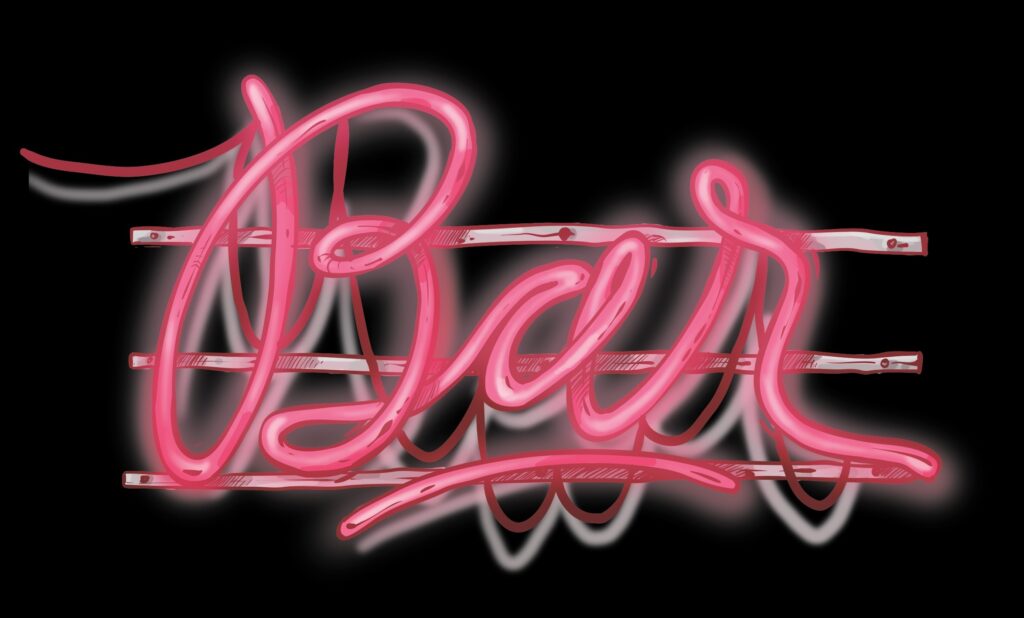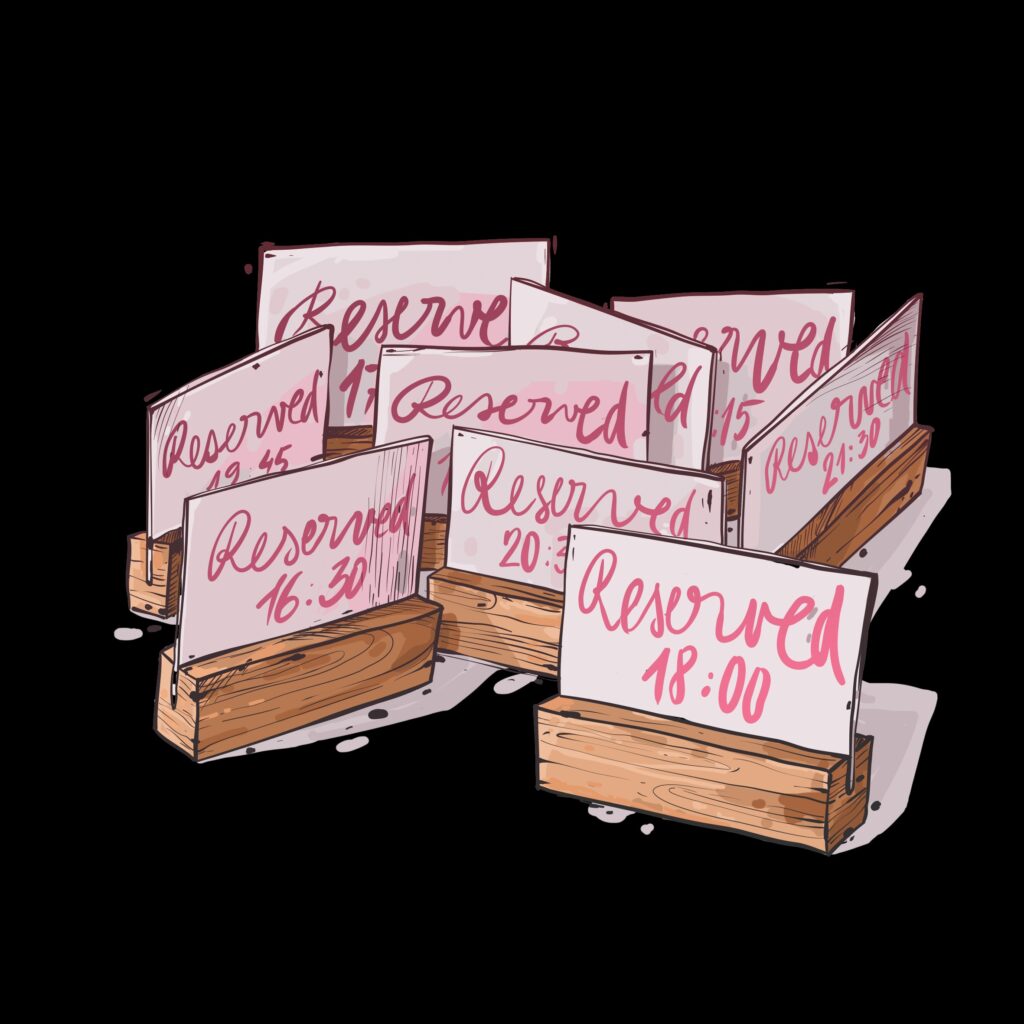In the intricate world of bar advertising, an immutable principle echoes through the ages: you cannot compel someone to make a purchase, but you can undoubtedly kindle their interest. This tenet is juxtaposed with the reality that consumer decisions are often swayed more by emotion than logic, highlighting the paramount importance of adept promotion in the bar industry. Advertising, a stalwart in the arsenal for driving product sales, has a storied relationship with bar operations. But how has this form of promotion evolved over time, and how does it intertwine with the essence of bar operation?
Historical Underpinnings of Advertising
The genesis of advertising can be traced back to the dawn of civilization itself, where the initial exchange of goods necessitated the beginnings of interpersonal communication. In these nascent stages, people had no alternative but to engage in dialogue about the trading of goods, often marking their possessions with unique symbols to denote ownership. Ancient Rome offers one of the earliest examples of organized marketplaces and the use of signage to draw attention to goods for sale, laying the groundwork for what would become mass advertising.
The Evolutionary Trajectory of Advertising
A pivotal moment in advertising history was the invention of the printing press, which introduced the world to printed books and magazines replete with advertisements. The industrial revolution of the 19th century catalyzed further advancements, culminating in the establishment of the first advertising agencies in the United States in 1841. This period also witnessed a shift towards the aesthetic appreciation of advertising, with luminaries like Alphonse Mucha, Claude Monet, and Édouard Manet elevating the visual appeal of advertisements. The subsequent advent of new media—radio, television, and eventually the internet and social media—transformed advertising by offering avenues for more dynamic and cost-effective promotion.

The Development of Bar Advertising
A closer examination of advertising within the bar context reveals a multitude of objectives: from stimulating interest among targeted demographics to enhancing the average expenditure per guest, and from distinguishing one’s establishment from the competition to introducing new services or products. The historical approach to these objectives involved a mix of direct sales support, public relations, and advertising, each demanding a unique blend of originality and engagement tactics. The use of distinctive bar displays, event calendars, and special giveaways often contributed to a sense of exclusivity, adding value and fostering a desire for repeat visits.
The Quintessence of Word-of-Mouth Promotion
Word of mouth (WOM) remains a critical element in the promotional mix, especially within the hospitality sector, where personal endorsements are profoundly impactful. The efficacy of WOM is particularly pronounced for new establishments or those with a unique concept, capable of delivering memorable experiences to guests.

The Contemporary Bar Advertising Landscape
In the present day, the imperative to deliver impeccable service and maintain a knowledgeable staff has never been more critical. In an era where a minor misstep can lead to widespread negative feedback via social media, the stakes for maintaining a positive image are high. Despite the proliferation of modern technologies and trends, it is ultimately the human element—the staff and the experiences they provide—that serves as the most potent form of advertisement for any establishment.




